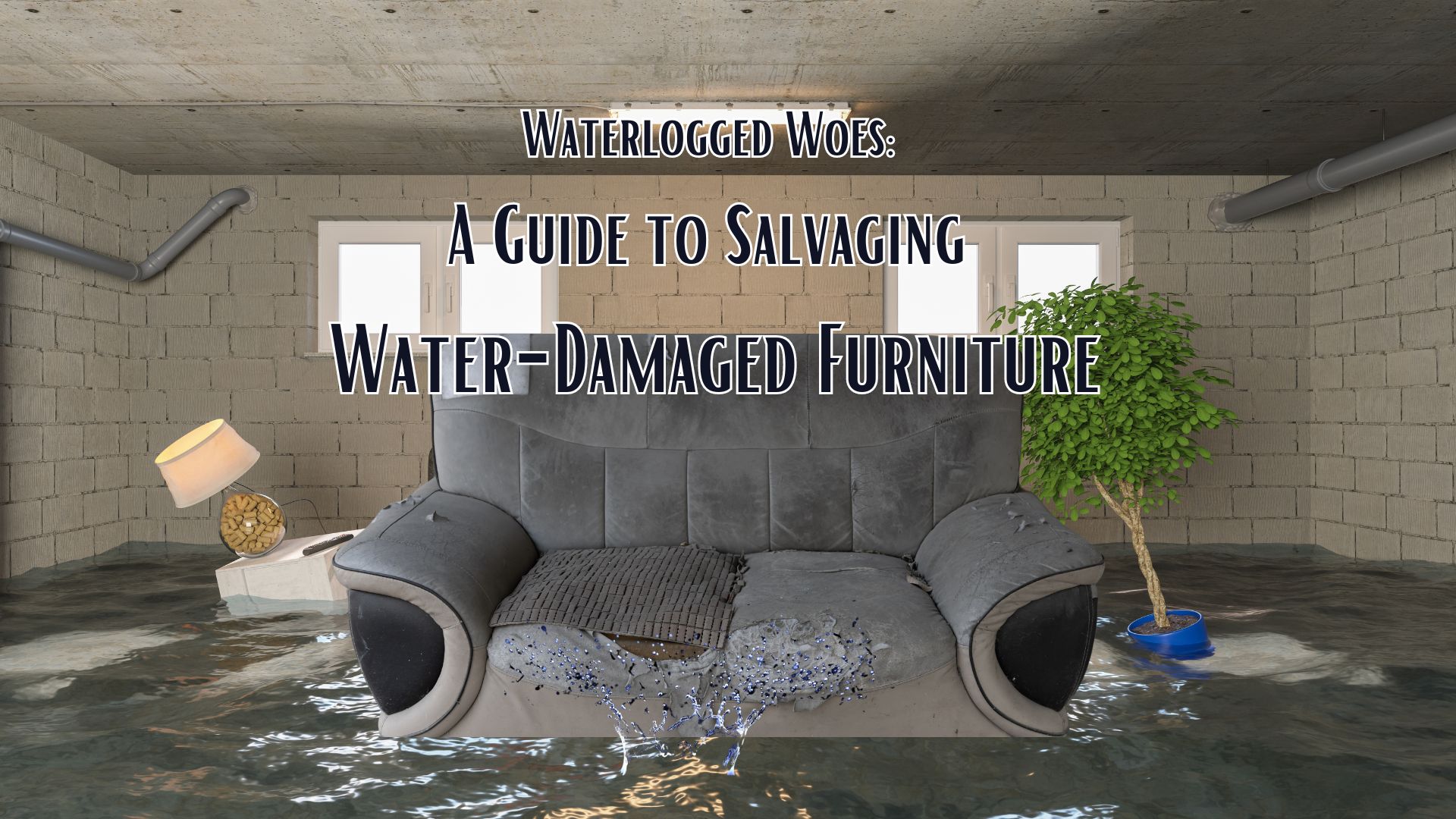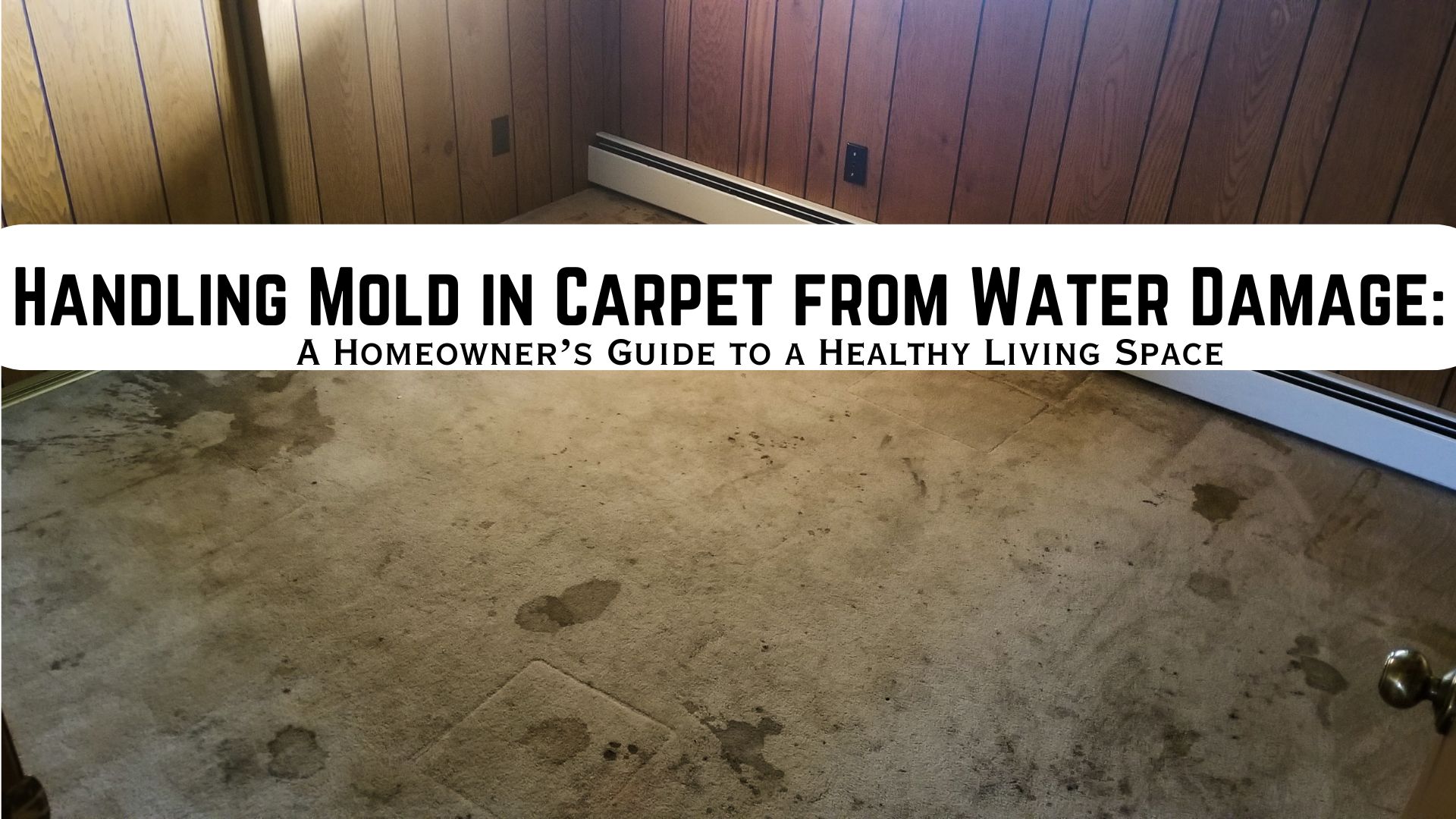
Mold in the house can grow on different objects and surfaces especially in winter- from ceilings, walls, and window frames to fabrics, couches, and papers. Gradually, an unresolved winter mold problem on your property can damage your home and possessions. Moreover, mold issues can result in serious health risks to your loved ones.
Wintertime is one of the most common periods to find mold thriving in your home. As you read this article, you will learn which indoor places you can discover mold, particularly in the winter, and what ways you can carry out to prevent it.
Winter Mold FAQ: Why Mold Develops in the Winter Months
Mold – a spore-producing fungus that flourishes in indoor and outdoor surroundings. Mold spores scatter by floating through the air. They begin to thrive once they land on a warm and moist area – their favorite breeding ground.
Indeed, mold develops in our homes during the winter season. In the winter, there is plenty of moisture with additional rain, snowmelt, and ice. The extremely cold weather also makes us set our indoor heater to create higher temperatures in the home.
While there is no other way to avoid mold spores, you can do many things to ensure your property is not an excellent environment for them to settle and grow.
Where Does Mold Usually Grow?
Mold spores can come into your home through open doors or windows, sticking to clothing, pets’ fur, shoes, or other items, or via your ventilation system.
In the wintertime, mold usually flourishes in basements, precisely if a water damage incident has occurred, on windows with moisture buildup, and in areas with deficient air circulation, like attic spaces, closed closets, or behind walls. On top of that, mold spores flourish on items containing high carbohydrate content.
You can also discover mold infestations in the following places and objects:
- Roofs and ceiling tiles
- Walls and wallpapers
- Insulation
- Window frames
- Pipes
- Upholstered furniture, clothes, and other fabric materials
- Wood
- Books, cardboard, and toys
Ways to Prevent Winter Mold Growth
The most popular tips to prevent winter mold from growing inside your home are to have well-insulated walls that can hamper condensation, control moisture levels, and keep your property dry, clean, and adequately ventilated.
Here are some other ways you can carry out to prevent mold development during wintertime:
- Keep all mold-prone spaces dry and clean. When you clean your crawl space, basement, bathroom, kitchen, or other rooms often exposed to excessive moisture, consider using cleaning solutions created to kill mold.
- Make sure your home or building has sufficient air circulation. Switch on your exhaust fan or open a window during cooking, washing the dishes, or showering.
- Cut the water supply to your impaired pipes and appliances to prevent water and mold damage.
- Check your windows or doors for fissures; if they have, seal them appropriately. Ensure the seals are functional to prevent moisture from seeping through the cracks.
- Ensure your property’s foundation situates on a hill, letting the water flow away from the building. You want to avoid liquid accumulation around the structure foundation and underground building materials.
- If you discover any moisture buildup on your windows, walls, or around the pipes, make time to dry them out and find the moisture source. Usual sources can be increased humidity levels and leaks.
- Make sure the indoor humidity level is less than 40%. We usually use a humidifier in the winter, so ensure it does not create too much humidity.
- Regular vacuuming and cleaning will remove possible mold growth sources. Focus on those rooms or spaces that can bring about lots of moisture.
- Washable floor surfaces or area rugs are better to use than wall-to-wall carpeting in rooms or spaces with condensation issues.
- Never store your books, paper, and clothing in humid sections of your home, like the basement, particularly near the walls or flooring. Those items are mold’s food sources.
- Repair any discovered leaks in your roof or windows right away.
- Keep your gutters and downspouts clean. If needed, extend the downspouts to allow the water to flow away from your property’s foundation.
- Place a dehumidifier in your basement to control humidity, making it difficult for mold to infest the area.
- Ensure your attic space is well-ventilated and adequately insulated.
- Cover the soil in your crawl space using a waterproof covering, like polyethylene plastic. If you have vents installed in your crawl space, open them in the wintertime and shut them down during the summer.
- If you encounter water issues in your crawl space or basement, clean the affected sites thoroughly as soon as possible and call in a professional.
- Avoid leaving damp towels and clothes in the laundry baskets, and ensure your laundry dryer is vented outside the home.
Mold Removal and Remediation
Preventing winter mold from growing and recognizing it promptly when it becomes visible are the ideal acts to do by a property owner. If you suspect mold is developing in and around your house, it is essential to have it tested by a professional mold remediation expert like Superior Restoration. Performing any type of DIY task to remove mold can worsen the issue.
Our team of experts can entirely deal with winter mold and other mold sources, preventing them from occurring and growing again. We only use advanced products, tools, and processes to eliminate it, thereby avoiding further mold damage on your property.
Superior Restoration is available 24/7, even in emergencies. Contact us today for more details.



